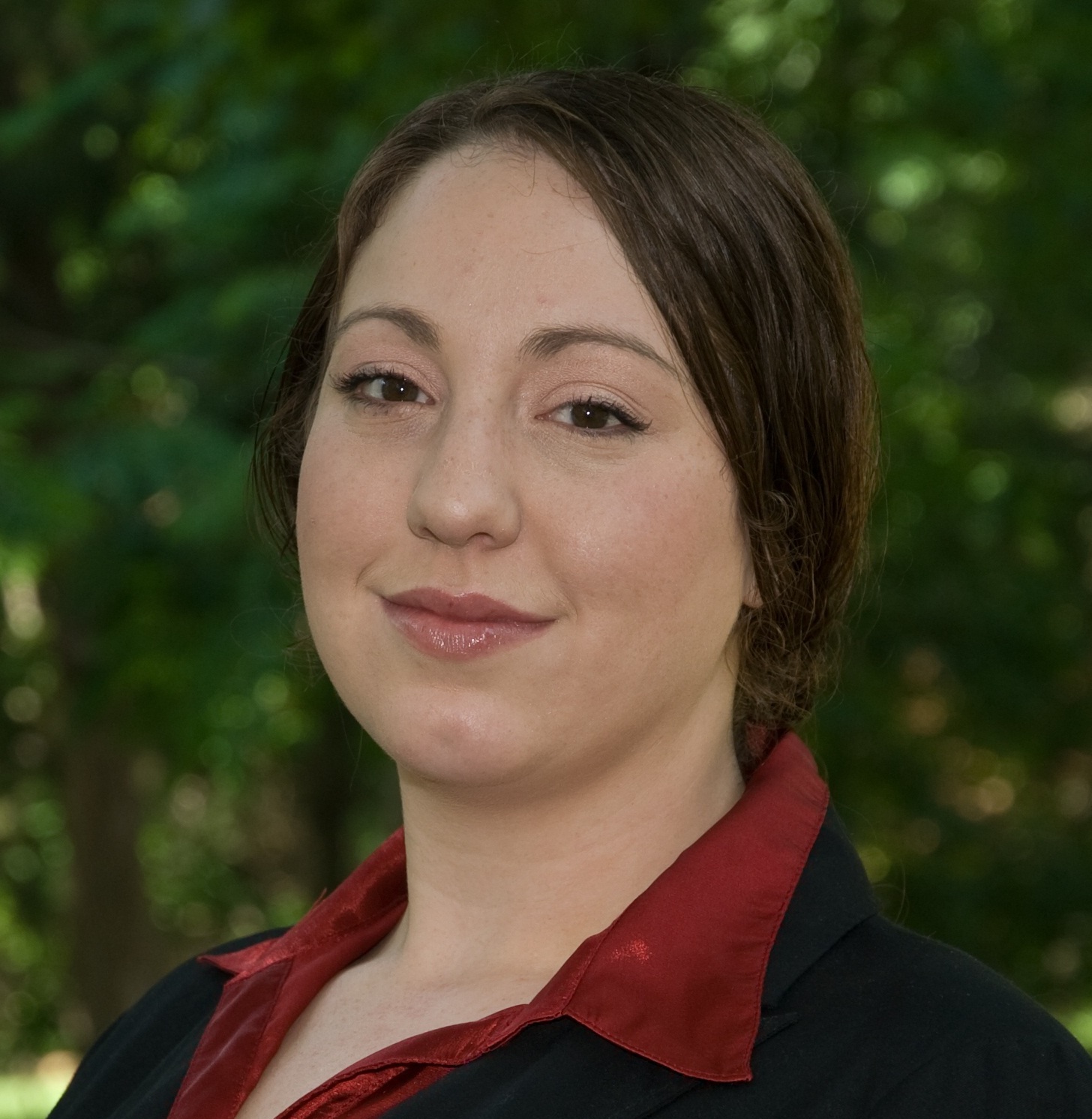EDF Climate Corps fellow | May 13, 2013
“Knocking down a brick wall by yourself with your bare fists is next to impossible. But organize a team equipped with sledgehammers and a plan, and it gets a whole lot easier,” said Gwen Ruta in a Fast Company Op-Ed explaining the concept behind EDF Climate Corps.
This blog post is the 13th in a series, highlighting our team of ‘sledgehammers’ – the 2012 EDF Climate Corps fellows– and their plans for breaking down the barriers to energy efficiency at their host organizations.
Name: Rebecca Enfiedjian

Host Organization: Garysburg, Northampton County
School: North Carolina Central University School of Business
Opportunity: Northampton County Commissioners want not only to reduce their utility bills, but also to make county buildings more energy efficient.
Project results: According to Enfiedjian’s research:
- By updating existing fluorescent lights and replacing incandescent bulbs with compact fluorescent (CFL) bulbs Northampton could save $8,000
- Replacing the incandescent exit signs with LEDs would generate nearly $7,000 in savings every year, have a 94% rate of return and generate nearly $25,000 in savings over the lifetime of the projects, as well as 41metric tons of annual carbon emissions reductions
- By investing just $1,500 in vending misers – a machine that turns off vending machines when they are not in use – Northampton could save $900 every year, as well as 7 tons of carbon dioxide emissions.
Quote: “Northampton County, a county of only 22,000 people, has decided to become a template of rural energy efficiency.”
Name: Shu Saito
Host Organization: CA Technologies
School: Northwestern University Kellogg School of Management
Opportunity: Saito focused on the HVAC system at CA Technologies’ headquarters in Islandia, New York, which consumes 51 percent of energy in the building.
Barrier: The Islandia building is more than 20 years old and has been redesigned several times, but the HVAC system has not been optimized to keep up with the changes. Solutions Identified: To identify ground-level efficiency opportunities, Saito knew that he needed to know the details of that system:
- What was the operating schedule of equipment such as chillers, heaters and AHUs, for example?
- What was that equipment’s capacity?
- What were the temperature set points for chilled water, condenser water and supply and return air?
To answer these questions – and weed out more efficiency opportunities – he worked closely with building engineers and facility staff. They know Islandia's HVAC system best, and often glean valuable energy efficiency ideas from their daily experience.
Potential Savings: By working with these staff, Saito was able to identify 8 energy efficiency opportunities in the HVAC system that could save CA Technologies 6.5 percent of its Islandia energy consumption every year. That's $170 thousand CA doesn't have to spend on energy, annually.
Quote: “When companies set out to improve their energy efficiency, they often overlook fundamental problems. For example, I found that the air handling unit was running twenty-four hours a day, seven days a week. Why? Because it was pumping cooled air to a 2nd-floor security monitoring room that no one knew was running.”
Name: Nicholas Clevenger 
Host Organization: Envision Charlotte
School: North Carolina State University Poole College of Management
Opportunity: Envision Charlotte is a first-of-its-kind nonprofit with bold mission: reducing Uptown Charlotte’s commercial office building energy use 20 percent by 2016. Clevenger focused on Duke Energy’s Smart Energy Now (SEN), which is responsible for 5 percent of the 20 percent reduction.
Barrier: Clevenger’s task was to assist Smart Energy Now in changing the energy –use behavior of Uptown tenants by engaging property managers and office workers from Uptown companies, public organizations and other nonprofits.
Solutions Identified: SEN engages and trains office workers in simple energy conservation measures such as shutting down computers, turning off lights and unplugging task lamps. Clevenger created two more ways for SEN to engage tenants. First, he designed incentivizes that encourage overnight cleaning crews to conserve energy while they work. There are many strategies, because every office has different needs. Second, he designed a program to recognize facility and property managers participating in Envision Charlotte and Smart Energy Now, who are crucial to accomplishing Envision Charlotte’s goal, though they're often overlooked.
Quote: “Through my fellowship, I have witnessed firsthand how corporations, non-profits, and public entities are working together to make a difference in their community.”
About EDF Climate Corps
EDF Climate Corps (edfclimatecorps.org) taps the talents of tomorrow’s leaders to save energy, money and the environment by placing specially-trained EDF fellows in companies, cities and universities as dedicated energy problem solvers. Working with hundreds of leading organizations, EDF Climate Corps has found an average of $1 million in energy savings for each participant. For more information, visit edfclimatecorps.org. Read our blog at edfclimatecorps.org/blog. Follow us on Twitter at twitter.com/edfbiz and on Facebook at facebook.com/EDFClimateCorps.
About Environmental Defense Fund
Environmental Defense Fund (edf.org), a leading national nonprofit organization, creates transformational solutions to the most serious environmental problems. EDF links science, economics, law and innovative private-sector partnerships. For more information, visit edfbusiness.org. Read our blog at blogs.edf.org/business. Follow us on Twitter at twitter.com/EDFbiz.